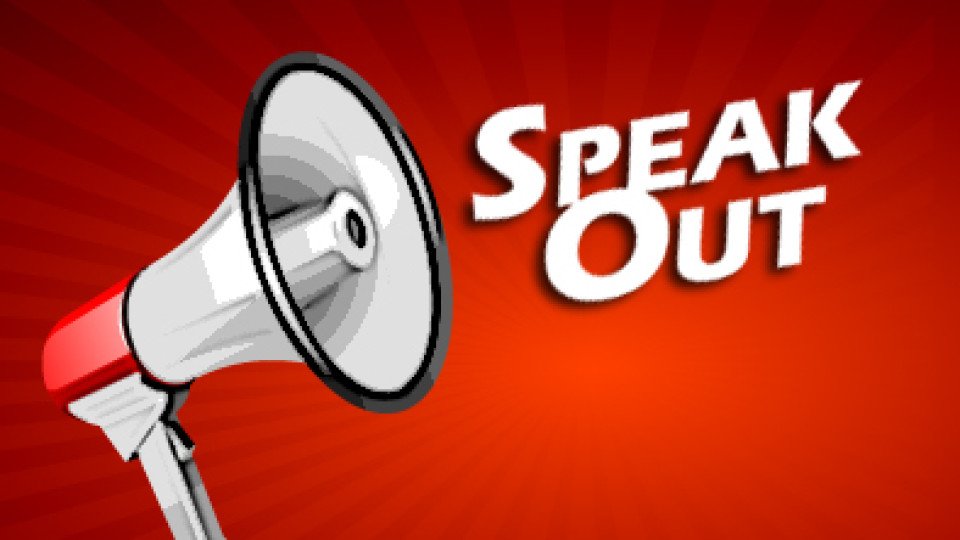Child Abuse Resources
With all this talk about the ISSUE of child abuse and child maltreatment, where are all the resources? This post is specifically focused on resources to prevent of child abuse and support those that have experienced child abuse trauma. I have also included a podcast in this post where I highlighted a few resources that I felt did a great job presenting information, training, and immediate aid for those who are currently experiencing child abuse or are a survivor of child abuse. My hope is that these resources will be helpful and provide aid to those who are in need.
CHILD USA is a 501(c)(3) nonprofit think tank that conducts evidence-based legal, medical, and social science research to identify laws and policies affecting child protection. With these facts, CHILD USA shines a light on the better pathways to truly protect kids from abuse and prevent neglect. Children’s Healthcare is a Legal Duty. Sexual abuse and the maltreatment of children have an all too frequent impact on Children’s health. These acts often occur in secret, behind closed doors, but have public consequences. Victims, their families, and the public pay a high price even decades after the violence ends. CHILD USA is a child abuse nonprofit that cuts through the shame and the secrecy to gather and analyze the data behind abuse and neglect.
Darkness to Light is a leader in child sexual abuse prevention and uses the power of behavior change to protect children. Darkness to Light utilizes a Social Behavior Change framework to guide our work in preventing child sexual abuse. Social Behavior Change is a proven approach for enabling changes at individual, community, and societal levels to improve health and overall well-being. You can check out their blog here: https://www.d2l.org/blog/
The mission of Stop the Silence: Stop Child Sexual Abuse is to expose and stop child sexual abuse and help survivors heal worldwide. Our overarching goals are to:
- Promote healing of victims and survivors
- Celebrate the lives of those healed; and
- Underscore child sexual abuse as a social justice and civil rights issue.
They work to address the relationships between child sexual abuse and the broader issues of overall family and community violence, and violence within and between communities.
Their focus underlines the importance of a shift in focus on positive development within our social complexes (e.g., the relationships between men, women, adults and children, cultural groups) to support peaceful – and to hinder violence-prone – relationships.
The purpose of NAASCA, to address issues related to childhood abuse and trauma including sexual assault, violent or physical abuse, emotional traumas and neglect .. and they do so with only two goals:
1) educating the public, especially as related to helping society get over its taboo of discussing childhood sexual abuse (CSA), presenting facts showing child abuse to be a pandemic, worldwide problem that affects everyone
2) offering hope and healing through numerous paths, providing many services to adult survivors of child abuse and information for anyone interested in the many issues involving prevention, intervention and recovery









 This could send
This could send 

